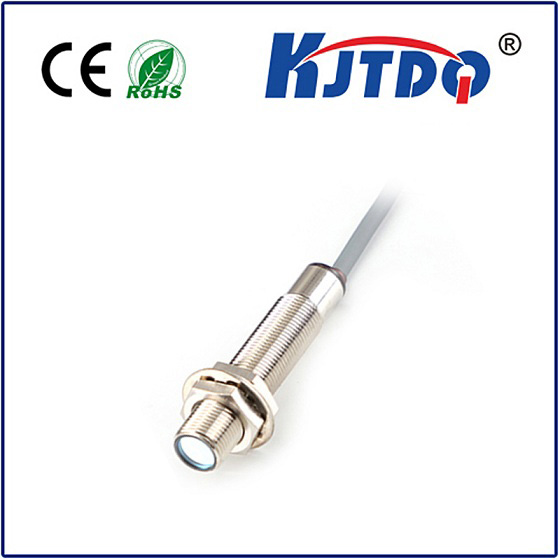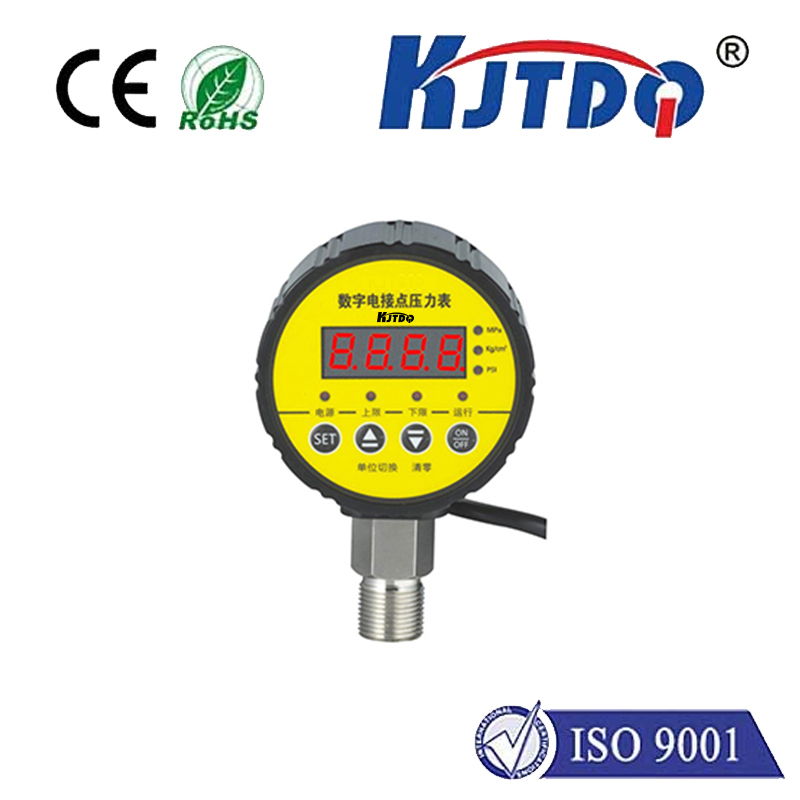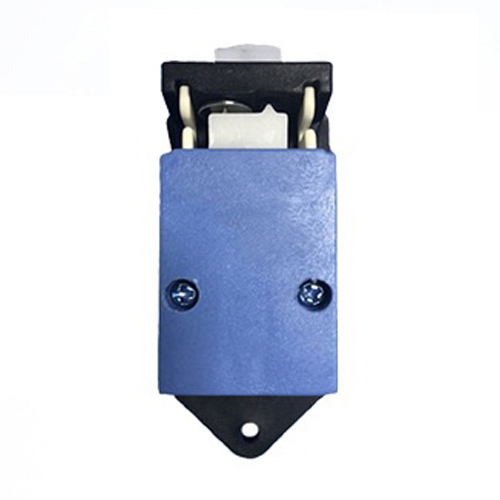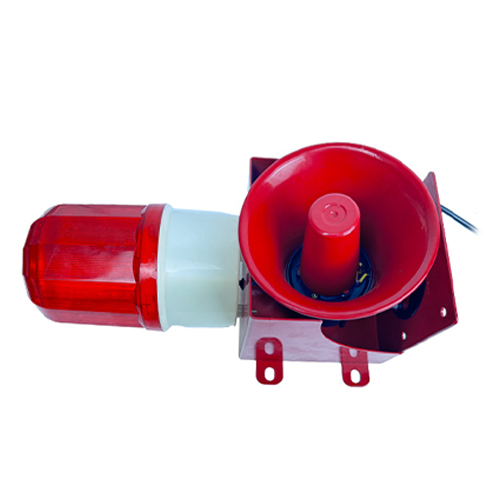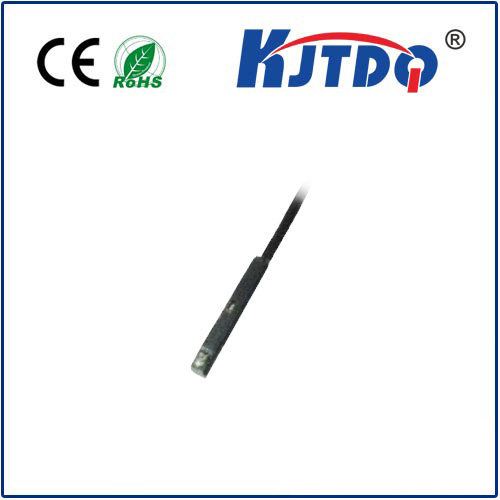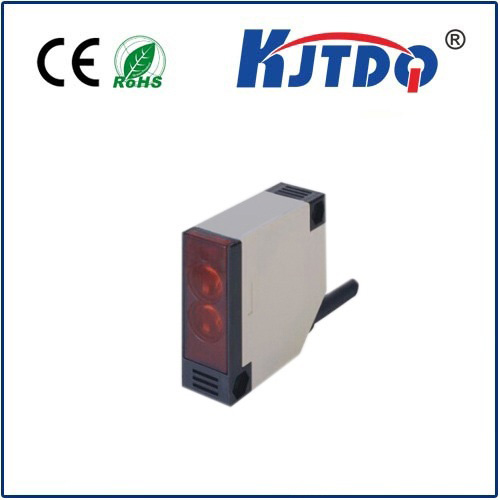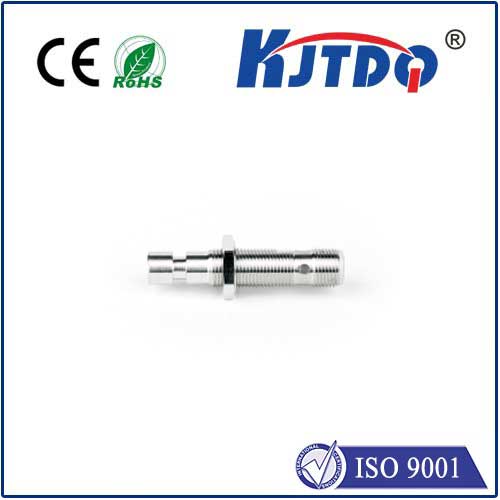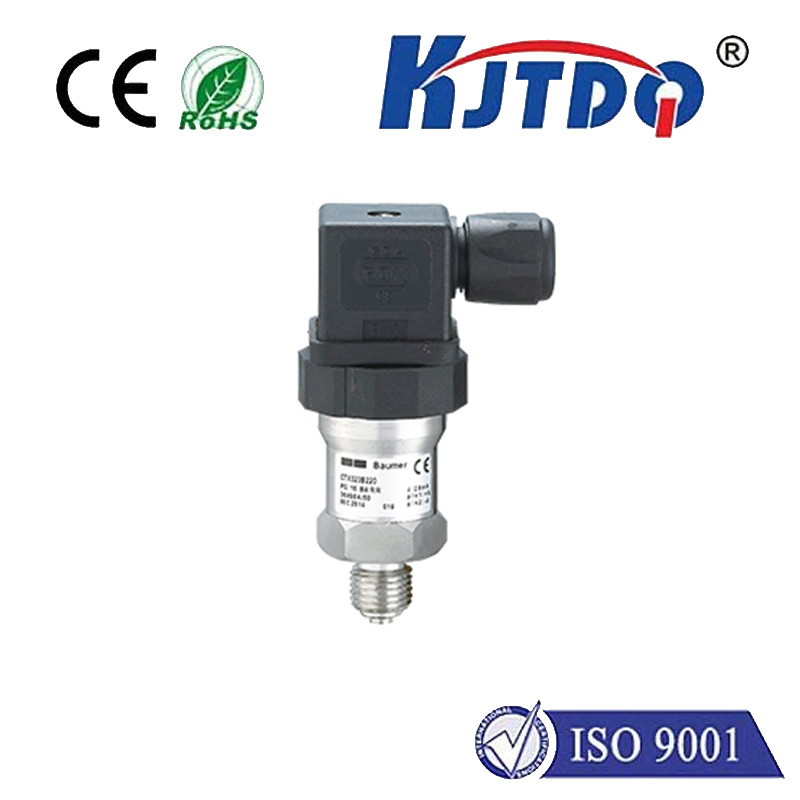

check

check

check

check

check

check

check

check

check

check
Body:
The advent of electrical proximity sensors has brought about a significant transformation in various industries and technological applications. These tiny devices have become essential components of modern-day equipment due to their ability to detect and measure physical proximity with unparalleled accuracy. In this article, we will delve deeper into understanding the importance of electrical proximity sensors and explore how they are revolutionizing different sectors.
Section 1: The Basics of Electrical Proximity Sensors
At its core, an electrical proximity sensor is a device that uses electrical signals to determine the distance between two objects. These sensors work by emitting a pulsed electromagnetic field, which reflects back when it intersects with an object. The time it takes for the reflected signal to reach the sensor is used to calculate the distance between the two objects. This technology is widely used in applications such as automated door systems, alarm systems, and robotics.
Section 2: Electrical Proximity Sensors in Industry
In the industrial sector, electrical proximity sensors play a crucial role in ensuring safety and efficiency. For instance, they are commonly used in industrial machinery to detect the presence of operators or prevent unauthorized access to hazardous areas. Additionally, these sensors can be integrated into process control systems to monitor performance metrics and optimize production processes. By providing real-time data on machine performance and environmental conditions, electrical proximity sensors help businesses increase productivity while minimizing risks.
Section 3: Electrical Proximity Sensors in Transportation
Electrical proximity sensors have also made significant contributions to the transportation industry, particularly in autonomous vehicles. These sensors are essential for obstacle detection, lane keeping, and collision prevention, ensuring safe and efficient travel. Furthermore, they can be used to monitor traffic flow and adjust routes in real-time, improving overall traffic management. As more vehicles transition towards autonomous operation, the demand for electrical proximity sensors is expected to grow significantly.
Conclusion:
Electrical proximity sensors have become indispensable components in modern-day technology, revolutionizing various industries and applications. From ensuring safety in industrial settings to optimizing transportation systems, these tiny devices are driving innovation and progress across multiple sectors. As technology continues to evolve, it is likely that electrical proximity sensors will play an increasingly critical role in shaping our future.
